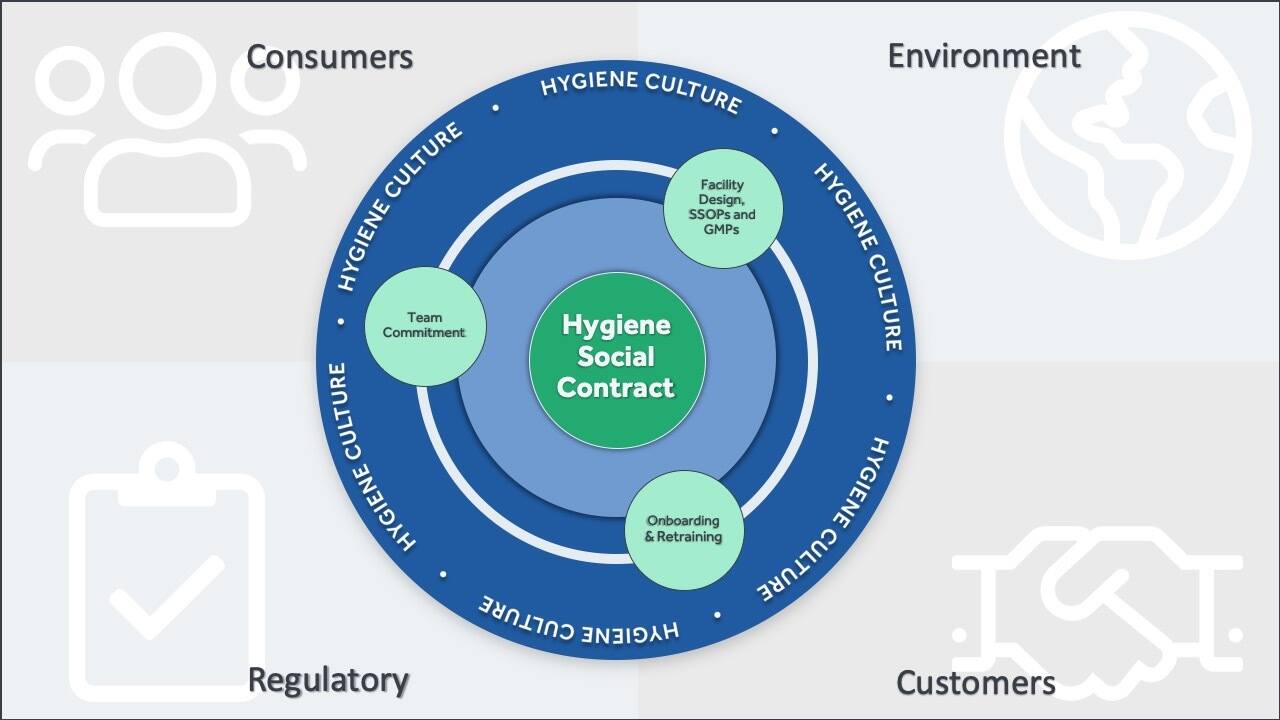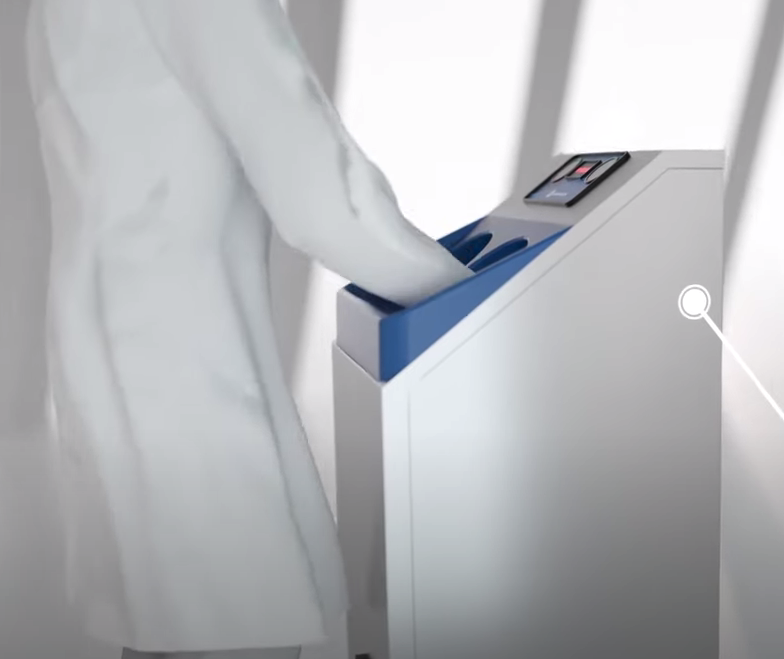Enhanced Hygiene in Food Processing Continues to Benefit Food Safety
The importance of hygiene in food processing has been thrust to the forefront of organizational processes and procedures in light of the recent pandemic. However, for food manufacturing and packaging facilities the threat of pathogens and illness from poor hygiene has always existed. As such, it's important for food processing leaders to continue building on the added hygiene practices that they've implemented during this time to further protect their consumers going forward.
Hygiene in food processing is always life or death
.jpeg?width=261&name=AdobeStock_133781443%20(2).jpeg) The coronavirus is just one of the many risks that food processing plants have faced over the years. For these organizations, hygiene is always a life or death matter. While the presence of pathogens won't cause everyone who encounters them to die, there will always be a segment of those exposed who are highly vulnerable and could die from careless hygiene practices that let those pathogens thrive. All employees at these facilities must remain vigilant and take the best hygiene steps to reduce pathogens risks such as:
The coronavirus is just one of the many risks that food processing plants have faced over the years. For these organizations, hygiene is always a life or death matter. While the presence of pathogens won't cause everyone who encounters them to die, there will always be a segment of those exposed who are highly vulnerable and could die from careless hygiene practices that let those pathogens thrive. All employees at these facilities must remain vigilant and take the best hygiene steps to reduce pathogens risks such as:
Escherichia coli (E. coli)
E. coli is most likely to be found in food processing due to the ingredients used. It can come from sprouts, dropped fruit, animals or contaminated water and is often associated with undercooked meat.
Salmonella
Salmonella primarily comes from ingredient-related sources such as nuts, produce or poultry. It can also be spread by pests or humans or occur due to ineffective process controls, as the bacteria can survive inadequate heat treatment.
Listeria monocytogenes
Listeria monocytogenes frequently originates from contaminated ingredients and is particularly common in raw agricultural commodities. Listeria can gain a foothold with substandard food handling practices, such as ineffective controls or facilities with inadequate sanitation. It can also be spread by poor plant design or improper maintenance of cold, wet areas, floors, drains, coolers, soil, condensate, and equipment.
See how CleanTech® removes more than 99.9% of pathogens here
Maintaining new hygiene best practices for better food safety
.jpeg) It's important for food processing leaders to continue the added hygiene practices that they've implemented during the pandemic to further protect the lives of their consumers. However, the greatest risk to effectively practicing these new hygiene SOPs is human behavior. Despite knowing how to properly wash their hands, it was found that 95% of people don’t wash their hands correctly. Because some employees will take shortcuts, either intentionally or unintentionally, human behavior is among the top causes of the spread of pathogens. Therefore, for the safety of your consumers it’s key to try to overcome this variability by:
It's important for food processing leaders to continue the added hygiene practices that they've implemented during the pandemic to further protect the lives of their consumers. However, the greatest risk to effectively practicing these new hygiene SOPs is human behavior. Despite knowing how to properly wash their hands, it was found that 95% of people don’t wash their hands correctly. Because some employees will take shortcuts, either intentionally or unintentionally, human behavior is among the top causes of the spread of pathogens. Therefore, for the safety of your consumers it’s key to try to overcome this variability by:
Creating a culture of hygiene excellence
The most effective way to address variable hygiene behaviors is to change them by creating a culture of hygiene excellence at your organization. The increased hygiene protocols you’ve created at your organization as a result of the pandemic are a good first step towards creating a culture around hygiene best practices, but to maintain long-term behavior change this culture must be continually reinforced
 When creating this culture, it’s important to involve individuals from all areas and levels of your organization in the process. By putting everyone from the production team member to the executive on a flat line of leadership when it comes to hygiene, you create accountability across the entire organization to maintain and reinforce the new hygiene culture. To help food processing facilities, we’ve partnered with Food Safety Magazine to bring you the Employee Hygiene Toolbox filled with tools and resources to help you create this culture:
When creating this culture, it’s important to involve individuals from all areas and levels of your organization in the process. By putting everyone from the production team member to the executive on a flat line of leadership when it comes to hygiene, you create accountability across the entire organization to maintain and reinforce the new hygiene culture. To help food processing facilities, we’ve partnered with Food Safety Magazine to bring you the Employee Hygiene Toolbox filled with tools and resources to help you create this culture:
Remove the variability of human behavior entirely
At Meritech, we believe that in order to create a healthier and safer world, we must redefine human hygiene by eliminating the variability of human behavior. Using automation, we improve the effectiveness of hygiene processes by taking human behavior out of the equation entirely.
 Leveraging advanced engineering and chemistry, CleanTech® automated handwashing stations allow all users to consistently get clean hands in a simple one-step process. In each 12 second wash cycle, 40 nozzles rotate around the hands 23 times, pulling pathogens and germs off the hand. This spray pattern, in combination with our proprietary hygiene solution’s chemistry, is specially designed to work with the correct volume of water to achieve more than 99.9% of pathogen removal. Using CleanTech® each hand wash event is identical, thus removing the variability of human behavior from the hand hygiene process.
Leveraging advanced engineering and chemistry, CleanTech® automated handwashing stations allow all users to consistently get clean hands in a simple one-step process. In each 12 second wash cycle, 40 nozzles rotate around the hands 23 times, pulling pathogens and germs off the hand. This spray pattern, in combination with our proprietary hygiene solution’s chemistry, is specially designed to work with the correct volume of water to achieve more than 99.9% of pathogen removal. Using CleanTech® each hand wash event is identical, thus removing the variability of human behavior from the hand hygiene process.






